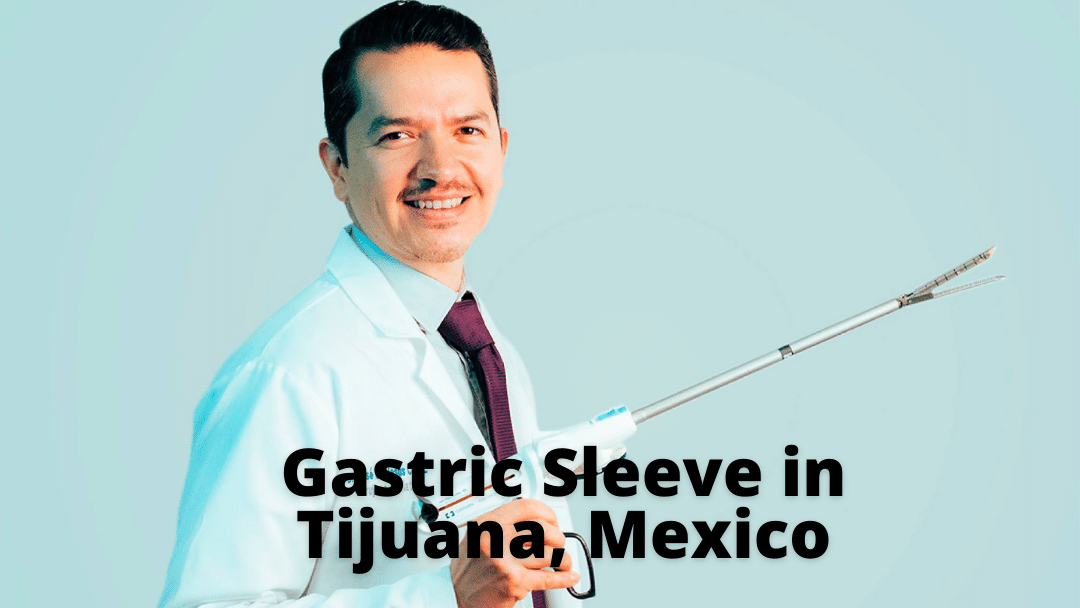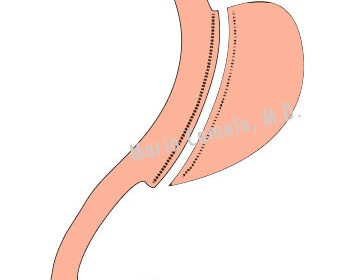Gastric Sleeve in Tijuana, Mexico (VSG)


Gastric sleeve surgery in Mexico is a prominent bariatric procedure. Gastric sleeve surgery (VSG) uses a restrictive mechanism of action to give you slim figures. This operation is performed laparoscopically to create a smaller-sized banana-like stomach. The sleeved pouch has fewer hunger hormones and fills up faster. This ‘two-step’ approach leads patients to higher expected weight loss than diet and exercises alone.
VSG is superior to Lap-Band (gastric banding surgery), with few complications or side effects. The weight loss and resolution of comorbidities of VSG are compared to more invasive RNY gastric bypass.
Gastric Sleeve Explained
Gastric sleeve, also known as Vertical Sleeve Gastrectomy (VSG), is a minimally invasive surgical treatment for the morbidly obese. The gastric sleeve was devised as the first step of the duodenal switch procedure. Since it is done laparoscopically, it minimizes the recovery and healing time.
Gastric sleeve surgery reduces the size of the stomach; typically, the stomach is downsized by about 20% of its original size. As a result,
- Most of the hunger hormones (Ghrelin) residing in the resected stomach are gone. Therefore, there is less desire to eat.
- The receptors in the smaller stomach tell the brain it is full quicker. Therefore, there is a feeling of fullness with smaller meals.
This life-changing operation helps patients achieve rapid and sustainable weight loss. This surgery is non-reversible since the larger part of the stomach is cut and removed. While this surgery cannot be reversed, it can be revised easily to other procedures, like RNY gastric bypass or duodenal switch.
Gastric Sleeve Results
Numerous research data have showcased the outcomes and benefits of gastric sleeve surgery. The studies find high excess body weight loss rate, duration, and longevity. The results point out both short-term and long-term success following sleeve gastrectomy.
Statistics show an average of
- 60% of excess body weight is lost in patients in just one year after the operation
- 75% of excess body weight is lost in the first two years after the operation
Also, many comorbidities such as type II diabetes, cholesterol, high blood pressure, and sleep apnea are relieved 1-2 years postoperatively.
A recent Swiss study reveals that, on average, sleeve patients have kept about 57% of their excess body weight after five years. This study also reports that most weight losses happened in the first year, and the rest came off slowly thereafter. In terms of long-term outcomes, comorbidity rates continued to drop.
The New England Journal of Medicine showed that gastric sleeve surgery leads to a 23-40% reduction in premature mortality caused by obesity or comorbidity. The results, of course, do deviate from patient to patient.
Side Notes
Usually, gastric sleeve is one of the first advised surgical procedures for patients with a body mass index (BMI) over 30. Even though gastric sleeve surgery isn’t the only possible surgical treatment option, it achieves quick and permanent weight reduction. VSG has many proven benefits besides adequate weight loss.
When asked about their contentment with the procedure, some individuals mentioned a few drawbacks. The fact the surgery isn’t reversible: the stomach is cut, and its size is permanently reduced.
Some extremely overweight patients receive a second stage duodenal switch to reach goal weight.
In patients with suboptimal gastric sleeve outcomes, there is a need for revisional surgeries. The modification choices include conversion from sleeve to mini gastric bypass, RNY bypass, or duodenal switch.
